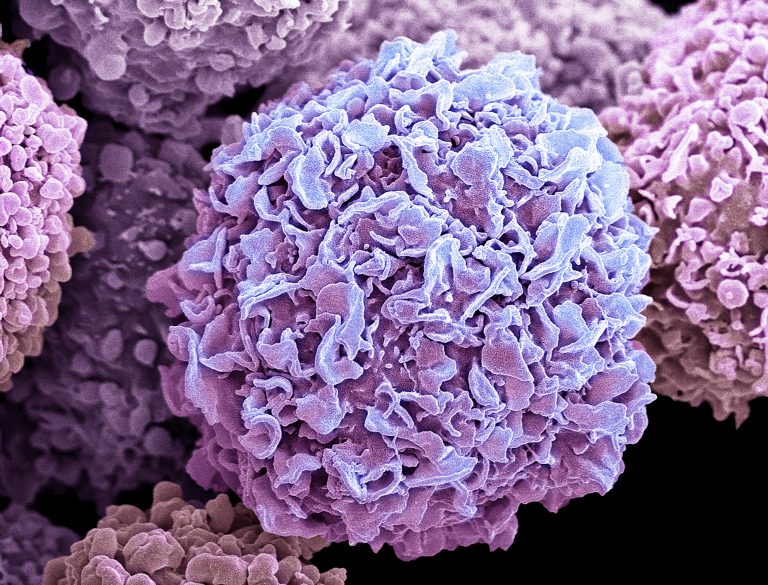
Research led by the Dana-Farber Cancer Institute and Ludwig Center at Harvard reveals a weakness of some triple negative breast cancers that could lead to better treatment for patients.
They showed that inhibiting nicotinamide phosphoribosyltransferase (NAMPT), an enzyme that promotes the NAD+ salvage pathway which is often amplified in cancer, pushed triple negative breast cancer cells towards apoptotic death. Normally, anti-apoptotic proteins prevent cancer cells from dying, but the team found that if NAMPT inhibition is combined with use of BH3 mimetics that block anti-cell death proteins the cancer cells can be killed.
While many breast cancers now have significantly improved treatment options, triple negative breast cancers, that don’t have estrogen or progesterone receptors or produce large amounts of HER2 protein, are notoriously hard to treat due to a lack of obvious drug targets.
Affecting around 15% to 20% of women with breast cancer, triple negative disease is variable and often requires combinations of therapy. However, with the right treatment, prognosis can be as good as other forms of breast cancer.
In this study, Anthony Letai, M.D., Ph.D., a group leader at Dana-Farber and a professor at Harvard, and colleagues carried out a drug candidate screen looking for compounds that primed triple negative breast cancer cells for apoptosis and sensitivity to BH3 mimetics that block anti-apoptotic proteins.
The screen showed that inhibitors of NAMPT were the best candidates. “We know that cancer cells and healthy cells have different metabolisms,” said Letai who, with former postdoctoral researcher Veerle Daniels, Ph.D., led the study published in the journal Science Signaling.
“Using BH3 profiling, we found a specific metabolic dependency in triple negative breast cancer cells obtained from a patient that we could target with an existing drug, making the cells more susceptible to death and priming them for a second targeted drug that could then trigger their death.”
In a mouse model created using a patient-derived xenograft, a combination of a NAMPT inhibitor and an MCL-1 (an antiapoptotic protein) antagonist, or BH3 mimetic, reduced tumor growth.
When used alone, NAMPT inhibitors were shown to be toxic at higher doses in the mice. However, the researchers think that a lower dose could be combined with the BH3 mimetic to get round this problem.
“What we’ve shown overall is that we can use dynamic BH3 profiling to find metabolic regulators of apoptotic priming and specific anti-apoptotic dependencies in tumors—and so identify powerful combinations of metabolic compounds and BH3 mimetics for therapy,” said Daniels.
As well as trying to develop this breast cancer therapy option further, the researchers are also looking to trial this screening method to look for new drugs and drug combinations for treating myelogenous leukemia.













